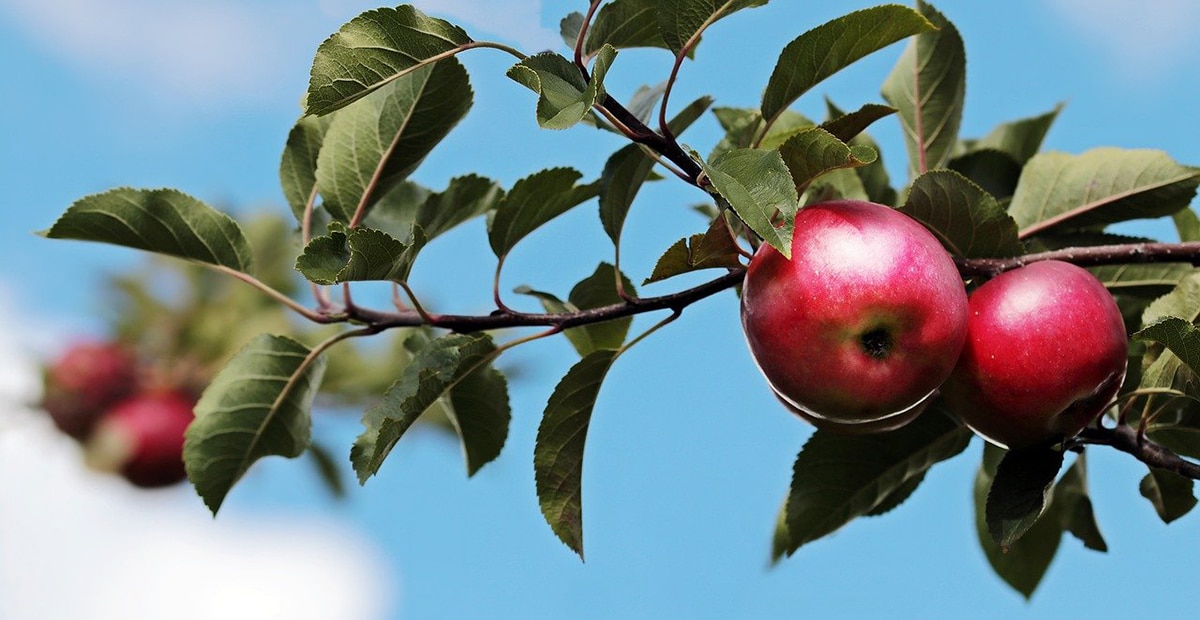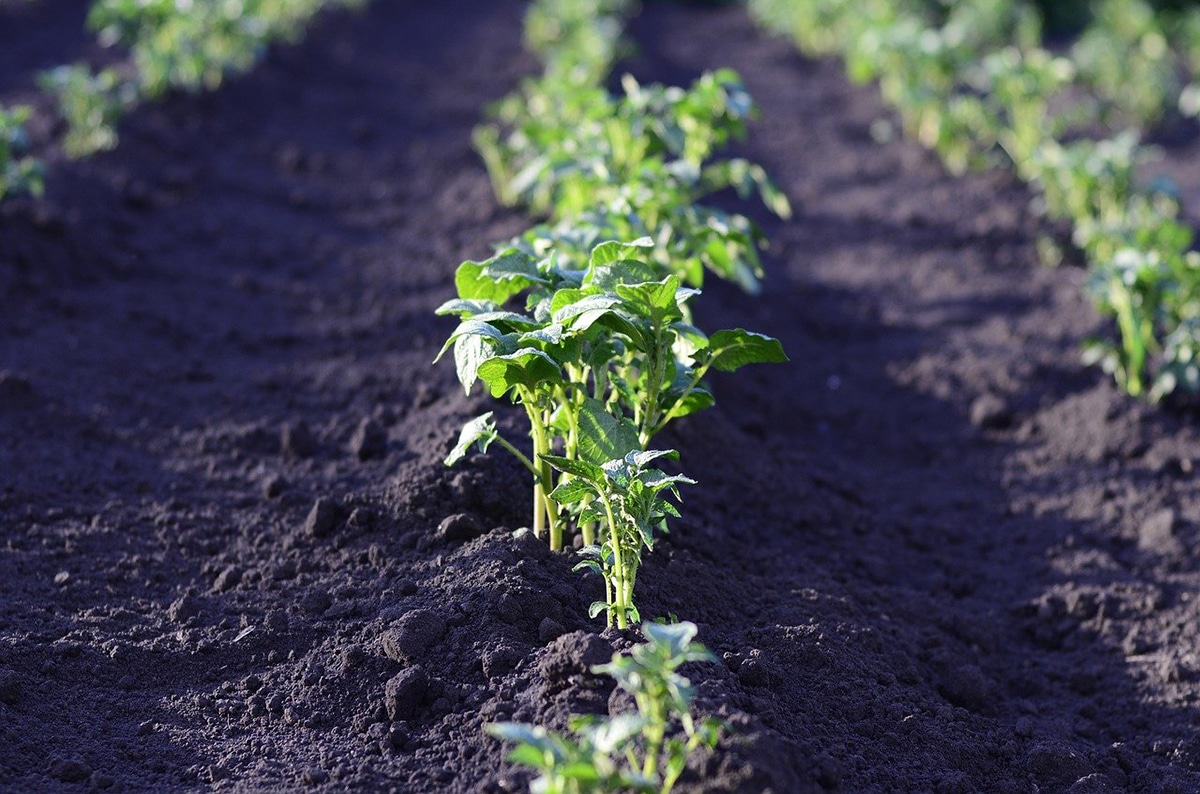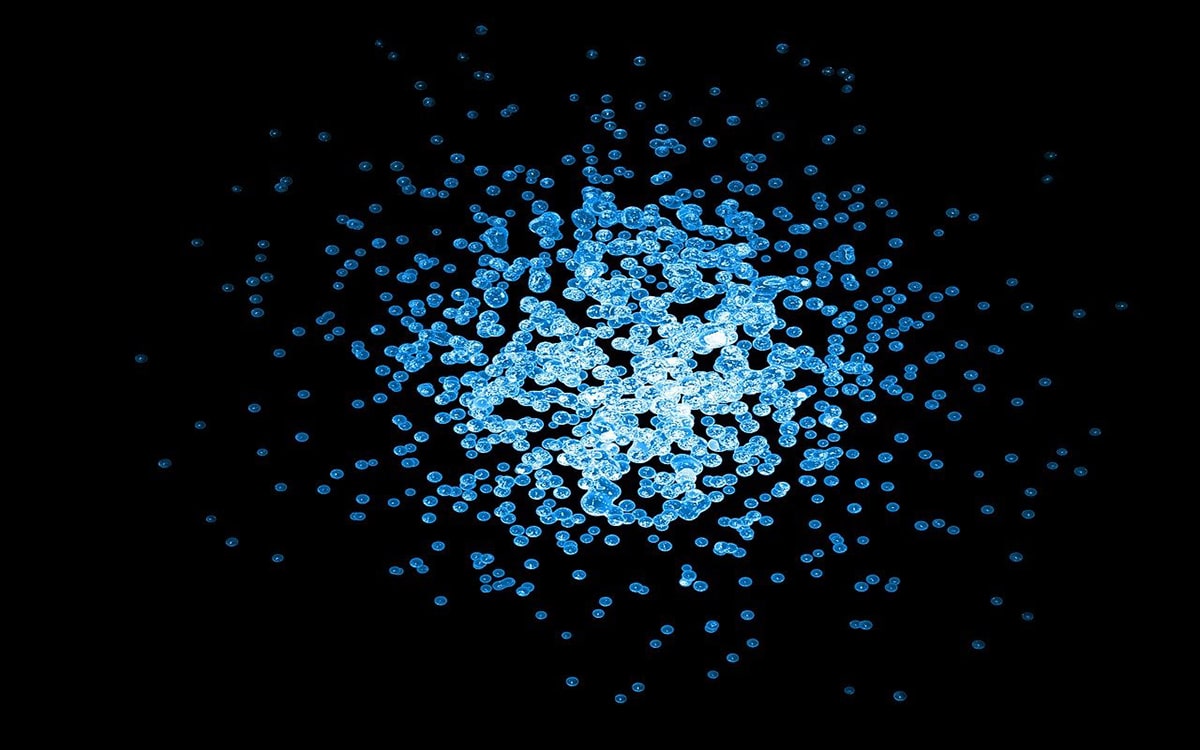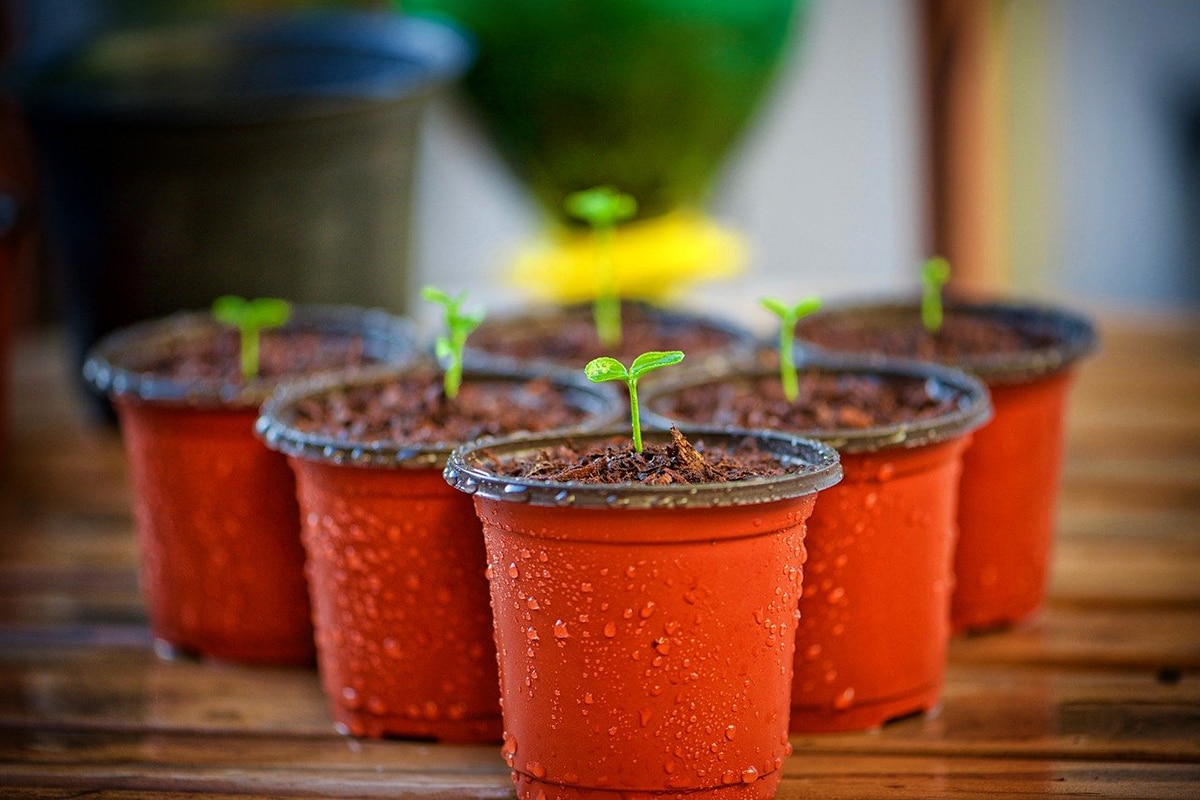
Plant hormones include some called cytokinins. It is increasingly common to find them in commercial products for agriculture, as they can help increase the quality and quantity of the fruits of certain plants. This is because its main function is to divide cells.
Despite that phytohormones are very well studied today and they are used frequently for crops, very few people know that plants have their own hormones. In order to clarify doubts about cytokinins, we are going to comment in this article what they are, what they do, what are their applications at the agricultural level and who discovered them.
What are cytokinins?

Also known as cytokinins, cytokinins are phytohormones, that is, plant hormones, whose objective is to promote the division of cells and their differentiation. The name of these has its origin in the term "cytokinesis", which is related to the process of cell division. These plant hormones are essential for the formation of organs in plants and in the regulation of different physiological processes, such as the following:
- Apical dominance (growth regulation)
- Photosynthesis
- Senescence
- Plant immunity (resistance to pathogens)
- Apoptosis (programmed death)
- Tolerance and defense against herbivores
What do cytokinins do?

For a long time, farmers use various phytohormones to treat their crops. Among the auxins, they apply IBA for rooting, 2,4-D as a herbicide and ANA for fruit thinning. If they want to promote the growth of both the plant and its fruits, they usually use gibberellins such as gibberellic acid, while ethephon is normally used for the maturity of the fruits and the fall of the organs.
As for cytokinins, their use at the agricultural level is increasing little by little. Today there are several commercial products whose formulas have high reactivity. Its application is possible in all types of vegetables, table grapes, ornamental plants, fruit trees and more crops. Regarding the level of response of each plant, this is specific and depends on different factors, such as the time of application or the age of the plant. A noteworthy feature of these phytohormones is that its activity is very high, so the necessary doses are quite low.

The main objective when using cytokinins in agriculture is increase the size, quantity and quality of the fruits. Next we are going to discuss its most common applications.
Fruit holding and growth
There are several species of vegetables in which cytokinins seem to stimulate fruit binding or holding, especially in the meaty ones. This effect is enhanced if gibberellins and auxins are applied in low concentrations at the same time.
As an important part of the growth of both fleshy and non-fleshy fruits occurs by cell division of their tissues, cytokinins also play an important role in this area. When these phytohormones are administered at the time when cell division is most intense, the fruits end up being bigger, which ends up having a positive effect on the yield and the quality of the crop.
Plant growth
Although the use of gibberellic acid offers rapid plant growth, cytokinins are widely used. These have a slow but vigorous response. They prepare the plant to produce fruits and flowers. Also the application of cytokinins is more effective when plants have been under stress conditions. In addition, applying these phytohormones to vegetables in adulthood can reactivate the crop, thus prolonging and maintaining their growth.
Development of lateral buds
Among the many applications of cytokinins is also the induction of lateral bud opening in different plant species. In some cases in which the dominance of the terminal bud is excessive, the use of cytokinins can partially reduce this dominance and thus stimulate the sprouting of lateral buds.

Formation and distribution of photosynthates
As cytokinins play a fundamental role in the formation of chloroplasts, they are a good option to improve photosynthesis. Through them, for example, the synthesis of chlorophyll and the action of enzymes are stimulated.
Delayed senescence
You could say that senescence equates to old age. Cytokinins are normally related to the production of chlorophyll. Thus, young tissues tend to have a high activity and level of this phytohormone. Both due to stress and age, the organs can lose their ability to maintain metabolic activity. As a consequence, plants synthesize less cytokinins.
Seed germination
Endogenous levels of cytokinins increase their content when the germination process ends, stimulating it more. Generally, these phytohormones have some influence on the process when other hormones are used as gibberellic acid together or previously.
Who discovered the plant hormone cytokinins?

The discovery of cytokinins is quite recent and its main investigations were carried out from the year 1950 by Miller and Skoog. These two scientists discovered that some specific plant extracts were also very powerful activators of cell division.
Therefore, these phytohormones promote cell proliferation and maintain the growth of plant tissues that have been cultured in vitro. Shortly after this finding, Miller and Skoog proposed the theory that It is thanks to the balance between auxins and cytokinins that the organs of plants can be formed. Both scientists experimented with tobacco crops and showed that a high cytokinin balance favored stem formation, while a high auxin balance favored root formation.
Cytokinins also play other roles besides being regulators of new organ formation. In addition, they intervene in the suppression of apical dominance, in the opening of stomata and in the inhibition of the senescence of the leaves.
As we can see, botany is a whole world apart from which every day we can learn more and more things. If you have any questions or experience with products that contain cytokinins, you can leave us a comment.
Hello, good evening, I have used citiquinins in a product of natural origin called eveguen.
Hi Diego.
Thanks for commenting 🙂